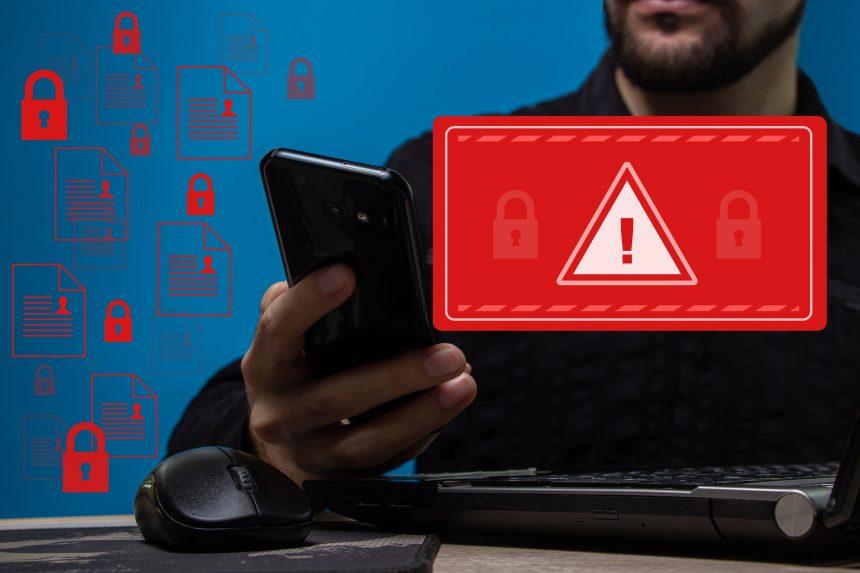In a bid to fortify its cybersecurity defenses, Cisco recently uncovered and swiftly addressed high-severity vulnerabilities within its Secure Client software. The most critical of these, identified as CVE-2024-20337, poses a significant threat by allowing unauthorized access to VPN sessions. With a CVSS score of 8.2, this vulnerability stems from a carriage return line feed (CRLF) injection attack, presenting a potential gateway for malicious actors to manipulate user sessions with dire consequences. This article delves into the details of the vulnerability, its potential impact, and the steps taken by Cisco to mitigate the risk.
CVE-2024-20337 in Detail
The vulnerability at the heart of this cyber threat allows remote attackers to exploit a CRLF injection attack due to insufficient validation of user-supplied input. By deploying specially crafted links, threat actors can deceive users into triggering the exploit unknowingly during VPN connections. This flaw carries severe implications, providing attackers with the ability to execute arbitrary script code within victims’ browser environments and access sensitive information, including valid Security Assertion Markup Language (SAML) tokens.
With the pilfered tokens, attackers can initiate remote access VPN sessions, masquerading as authenticated users, potentially infiltrating internal networks and compromising sensitive data. This critical vulnerability extends its reach across multiple platforms, affecting Secure Client software on Windows, Linux, and macOS.
Recognizing the gravity of the situation, Cisco acted promptly to address the vulnerability. The company released patches across various software versions to effectively mitigate the risk. Versions earlier than 4.10.04065 are deemed non-vulnerable, while subsequent releases have been fortified to eliminate the identified flaw.
In addition to CVE-2024-20337, Cisco has also resolved another high-severity flaw, CVE-2024-20338, impacting Secure Client for Linux. With a CVSS score of 7.3, this vulnerability could enable local attackers to elevate privileges on compromised devices, raising significant security concerns.
In response to these vulnerabilities, Cisco urges users to promptly apply the necessary patches and updates to safeguard their systems against potential exploitation. The importance of staying vigilant and proactive in the face of evolving cyber threats cannot be overstated.
While specific detection names for the malware associated with these vulnerabilities are not provided, organizations are advised to stay informed about emerging threats and leverage robust cybersecurity measures to detect and prevent potential attacks. Similar threats may exploit vulnerabilities in various software, underscoring the need for comprehensive security practices.
Best Practices for Prevention
To bolster cybersecurity defenses and prevent future infections, users are advised to adopt the following best practices:
- Regularly update software and firmware: Ensure that all operating systems, applications, and security software are up-to-date to patch vulnerabilities and enhance system resilience.
- Implement network segmentation: Divide networks into segments to limit the impact of potential breaches and contain malicious activities.
- Educate users: Foster a culture of cybersecurity awareness among users, emphasizing the importance of recognizing phishing attempts and exercising caution with links and attachments.
- Monitor network traffic: Employ robust network monitoring tools to detect and respond to unusual or suspicious activities promptly.
- Conduct regular security audits: Periodically assess and audit security protocols, configurations, and access controls to identify and rectify potential vulnerabilities.
Conclusion
The discovery and prompt mitigation of vulnerabilities within Cisco’s Secure Client software underscore the dynamic nature of cyber threats. As organizations continue to navigate the digital landscape, maintaining a proactive stance, staying informed about emerging risks, and implementing robust security measures are essential elements of a comprehensive cybersecurity strategy. Cisco’s response serves as a reminder of the collaborative effort required to defend against evolving threats and protect sensitive information from unauthorized access.





